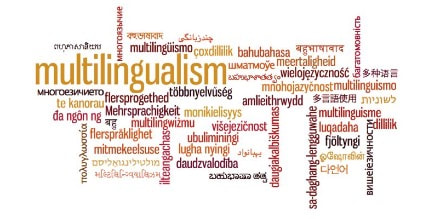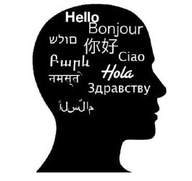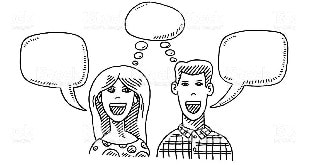So Many Languages.

In this post, we explore how bilingualism affects linguistic diversity: variations in all aspects of languages, including grammars, vocabularies, dialects, and languages themselves. Our study looked at the relationship between thought and speech patterns, and the different ways in which bilinguals’ speech styles differ depending on the language used. We examined the diverse ways people process language with the self (internally) and with others (externally), and how these differences contribute to linguistic diversity as a whole. By contributing to the overall diversity of the human population, linguistic diversity helps with the formation of new ideas or solutions to problems in relationships or larger societal issues, and aids in forging a unique identity within a community of language speakers.
Dreams, Culture, and Context.
There were some exceptions to this, however. One individual dreamt in pictures, and another dreamt in the language that she associated the topic of her dream with. When this participant dreamt about her family, her dreams were in Korean, whereas others were in English. Given that she only speaks to her family in Korean, the language that she dreams in correlates with the context of her language use when she is awake. The variety in people’s dreams is an indication of linguistic diversity. The subconscious language used in individuals’ dreams is unique to them, due to the users’ varied levels of proficiency in their multiple languages. Also, the way that they think about language differs between individuals as well. Furthermore, some people thought in the language they were speaking, yet dreamt in another, indicating a preference for the language they dreamt in.
Culture and Linguistic Diversity.

Interestingly enough, an English-Spanish speaker said that using Spanish allowed him to act more spontaneously. This is not to say that he was less “polite” than the Japanese speaker, but he did not concentrate on the propriety of language use in Spanish, feeling that he could be “looser” in his speech. His unrestrained personality does not convey as well when he uses English. Myers-Scotton states that:
- “every person perceives him- or herself as having more than one identity and is not always seen by others in the same identity; different identities are conveyed by speaking different languages”. [5]
Our survey findings illustrate how the languages each speaker used determined the level of formality, and therefore how linguistic diversity impacts interactions on a sociocultural level.
Internal and External Processing.

Concluding Thoughts.

References.
[2] Saville-Troike, Muriel. “Basic Terms, Concepts, and Issues.” The Ethnography of Communication, 3rd ed., Blackwell Publishing, 2003.
[3] Hornberger, N.H. “Trámites and Transportes: The Acquisition of Second Language Communicative Competence for One Speech Event in Puno, Peru.” Applied Linguistics, vol. 10, no. 2, 1989, pp. 214-230.
[4] Myers-Scotton, Carol. Multiple voices: an introduction to bilingualism. 1st ed., Wiley-Blackwell, 2005.
 RSS Feed
RSS Feed